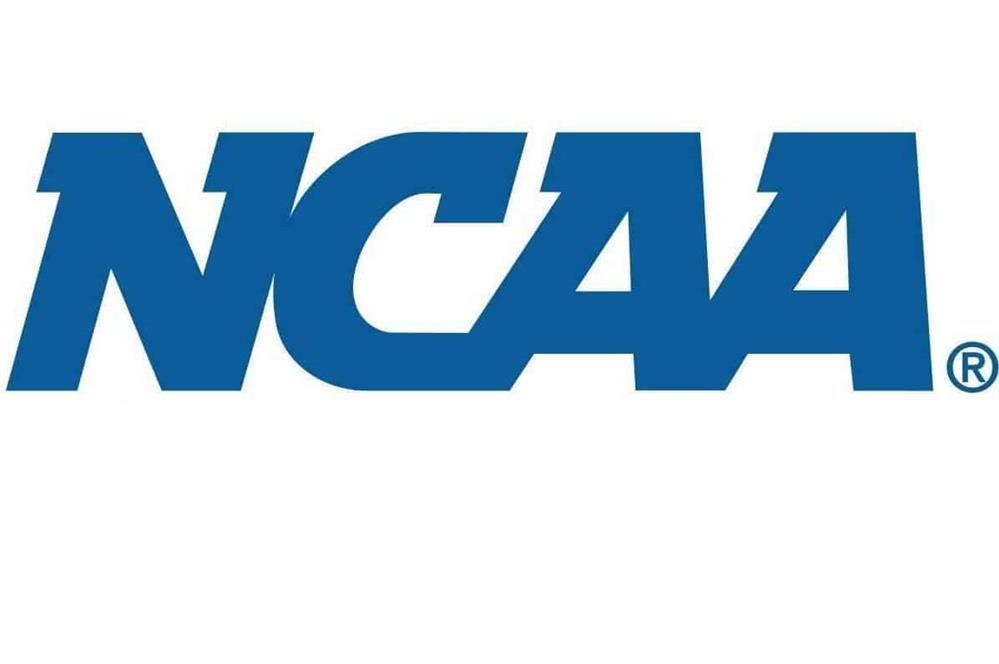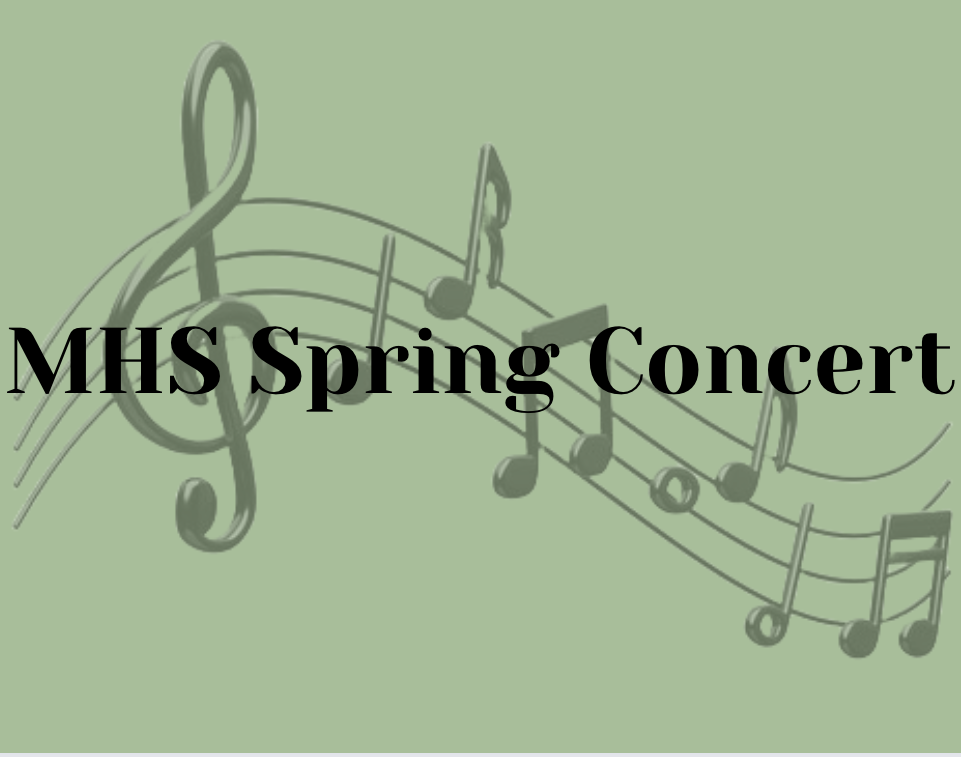With the recent announcement of a third major sports event in the Bay Area, students should start to feel excited about being able to go see some of the world’s biggest events right at their doorstep. From the Super Bowl to the World Cup, the Bay Area has recently received several high-profile hosting privileges for some of the world’s largest sporting events, generating some newfound popularity for its cities.
FIFA announced in June of 2022 that San Francisco would be one of the host cities for the World Cup’s 2026 edition. Being the most watched competition in the world, the World Cup features 32 countries from all over the world and pits them against each other in a group stage and bracket-type configuration. Rumored to expand to include 48 teams, the World Cup will likely cause an enormous influx of international tourists to flood to the Bay Area to see the games. Bay Area host organizations have already opened up potential volunteer opportunities for this event and will not need to construct much new infrastructure thanks to Levi’s Stadium’s sufficient capacity. The specific matchups and featured teams will be released a few months prior to the competition due to the ongoing qualification stages of the competition which will last for another 2 years. With soccer by far the most watched sport in the world, Levi’s stadium and the city of Santa Clara are sure to experience quite the spectacle during summer 2026.
Also within the realm of international soccer, the US was recently declared the host country for the Copa America’s 2024 edition. Despite the venues still being unknown, it is probable Levi’s Stadium will once again be elected as a venue for the competition due to the stadium’s established capacity and popularity. Set to begin in summer of 2024, the Copa America features all South American teams and several North American and African teams and operates as a continental competition that takes place every 3 years (except those in overlap with the World Cup). In the wake of the upcoming World Cup, Copa America will exemplify the magnitude of international soccer spectators and serve as a smaller representation of the World Cup on a more local scale. Since Levi’s stadium previously hosted the competition in 2016, it is very likely that the Bay Area will be featured once again among the competition’s venue list this time around.
“Hosting these tournaments will increase popularity ten fold in soccer, it’s already a popular sport in the US, but hosting the World Cup and Copa America will lead to further development of soccer in the US,” junior Breyden Collins said.
Regarding major league sports, the NFL recently announced San Francisco would host the 2026 Super Bowl after 10 years since this city was last selected to host. The game will take place in the month of February as usual and will also mark San Francisco’s 250 year anniversary. Due to the NFL’s national audience, it is likely that, just like in 2016, the game will take place in the daytime as the time zone difference will make the game run late in the night for eastern audiences. The last time the stadium hosted the highly-anticipated event was when the Denver Broncos faced the Carolina Panthers in Super Bowl 50, resulting in a 24-10 victory for the Broncos. With Super Bowl hosting rights becoming more competitive, 49ers Team President Al Guido is grateful that cities such as San Francisco are once again being incorporated into the yearly rotation.
“We needed a facility that had the size and scale that this one had,” Guido said in an interview with ESPN. “There’s been a lot of changes that have happened around the facility and in general around the Bay. I think hosting this now in a competitive process 10 years after we hosted the first one, when you have other major markets that will continue to host, both SoFi Stadium, Allegiant Stadium, a lot has changed since we hosted. I do believe that this puts us up for future Super Bowls. We have to pull this one off,” Guido said.
Hosting major sports tournaments may seem like a burden but, in reality, it is a huge privilege. From building new infrastructure to hosting an influx of tourists from all over the globe, sports events can serve as major growth catalysts for cities. Events such as the Olympics and World Cup are especially popular for this since they require updated, oftentimes new infrastructure to be able to support the competition due to the simply enormous scale of visitors and spectators on site. For example, the Olympic Committee requires the main host city to build an entire “Olympic Village” to be able to host hundreds upon thousands of international athletes, all of whom needing their own lodging compartment and team area. This large mobilization of resources forces host cities to invest in public infrastructure whether it be hotels, towns, or even stadiums. Many of these large-scale sporting events also require various transportation improvements as the massive influx of spectators may cause enormous amounts of delay issues across all forms of transportation. For instance, the city of Paris, preparing for the Olympics in 2024, has begun a project known as the “Grand Paris Express,” which aims to open several new transportation lines through major hotspots such as airports and train stations going directly to over 20 Olympic venues scattered around the city.
“As Île-de-France Mobilités (IDFM) reveals, up to 500,000 spectators are expected to attend the Olympic Games every day, not to mention the people of Ile-de-France. IDFM forecasts 1 million additional public transport journeys per day, with each spectator traveling to and from an Olympic or Paralympic venue in Paris. In total, public transport in Paris and the Paris region will serve 25 venues (13 in Paris and 12 in the inner and outer suburbs) for the Olympic Games, and 17 venues (including 10 in Paris and 7 in the inner suburbs) for the Paralympic Games,” Caroline J., a writer for sortiraparis.com, said in her article “Paris 2024 Olympics: Here are the transport lines that will be most affected.”
In closing, with many of these sporting events coming to the Bay Area, local communities scattered around the bay will have a unique opportunity to benefit from these major events. From newfound tourism popularity to increased public infrastructure, these events offer a rare opportunity for Bay Area cities and citizens to showcase their pride and communities. Additionally, thanks to the high-profile status of these competitions, these events are sure to spark the interest of many sports fans and deepen the local connection to soccer and football, inspiring the next generation of Bay Area athletes.














